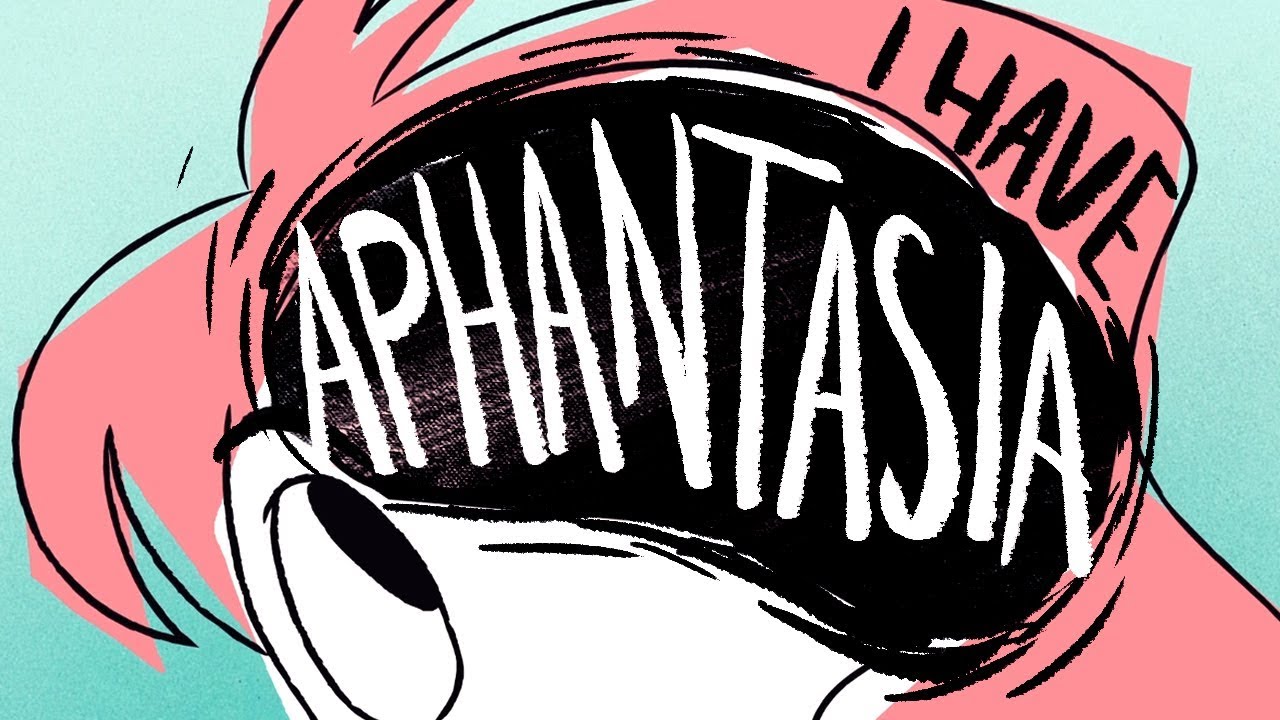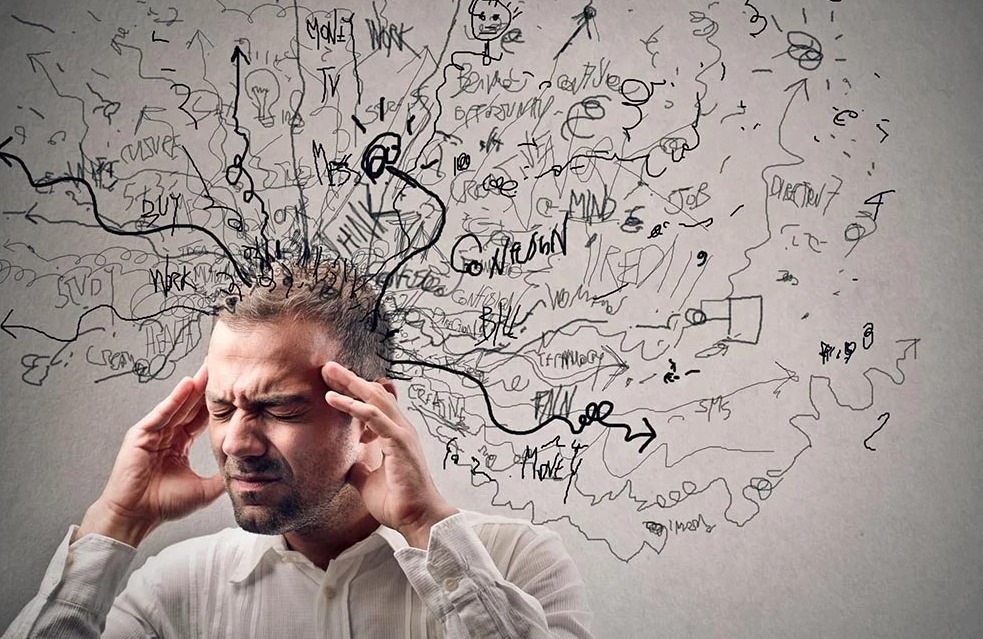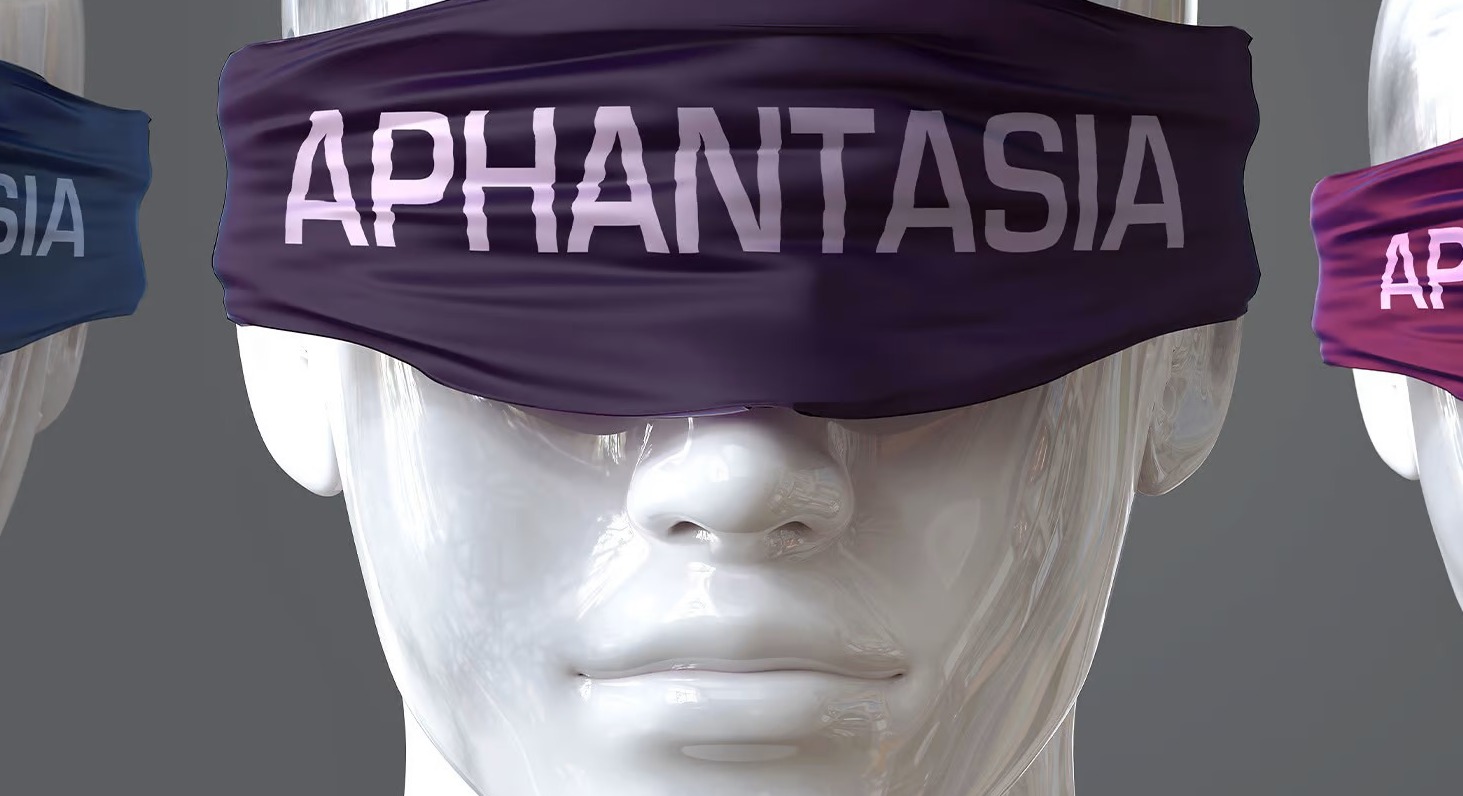Aphantasia is a relatively new and trendy medical condition. It means that you cannot generate mental images. Being new, this condition has not been sufficiently scientifically tested and verified. In other words, we do not know if it really exists. Our visualization skills are different for various activities. Many of my colleagues are skeptical regarding the existence of aphantasia and dismiss it as individuals trying to visualize the wrong things. We do not know how serious it can be, what can cause it, and how often it happens.
Visualization is a key element of high speed memorization. You can learn about visualization and alternatives in my memory masterclass . You do not have to pay the full price. Contact [email protected] and ask for a deep discount. Your satisfaction is guaranteed.
What is aphantasia
Aphantasia is a fascinating condition where individuals lack the ability to visualize mental images. When someone with aphantasia tries to conjure up an image, their mind remains blank. In some other cases they kind of visualize shadows through a mist. It’s as if their imagination is devoid of pictures, and they experience the world solely through their other senses. While people with aphantasia can still think, reason, and remember, they rely on abstract concepts rather than vivid mental imagery. Although aphantasia may pose challenges in certain areas, it also highlights the vast diversity of human perception and cognition.
If you have trouble generating mental images, that does not mean you have aphantasia. There are many annoying technical reasons that may hinder visualization. Maybe your visualization is not clear since you cannot focus, or maybe you have difficulty with certain kinds of visualizations, or maybe you visualize just fine and simply expect visualizations to be more vivid. Aphantasia, if it exists, is incredibly rare. If you do not have aphantasia, and most likely you do not have aphantasia, the training helps.
Now assume you do have aphantasia. Then you would not be able to do any of the visualizations below:
- Personal visualizations. Can you imagine the face of your mother or someone else you love? Can you imagine any of the movie scenes you have seen or any famous work of art?
- Physical visualizations. Can you imagine two objects in front of you interacting with each other in a strange way? For example, can you imagine breaking your computer screen with a mobile device?
- Logical visualizations. Can you imagine a simple graph or a flowchart? For example, can you imagine humans and apes coming from some branch in origin of species, and lemurs coming from the same branch a bit earlier?
- Stereotypical visualizations. Can you imagine a stereotypical knight and monk drinking ale in a tavern?
- Stylized visualizations. Can you imagine the American flag, the Mercedes symbol, and a coca-cola bottle?
These are just some examples of different visualizations. In fact, there are many more forms of visualization. A normal person can do ALL of them and simply uses the first one that comes to mind. In fact, if you can use ANY visualization form from the formats described above, you probably do not suffer from aphantasia – you are selective. In fact it is normal to prefer one form of visualization over all others.
Many people do not remember their dreams. Visualizations are just like dreams. Sometimes they are vivid, and sometimes they are subliminal. Occasionally people experience visualizations as actively as real hallucinations. In this case, we usually ask them to reduce focus and increase speed with which the visualizations are created. As you increase visualization speed, you do not stop to visualize but you might stop registering your visualizations in your consciousness. You should not be alarmed, this is totally normal.
It is very easy to substitute lack of practice or poor technique by an obscure medical condition. Do not do that. Even if you have true aphantasia, you can use this course: read this post I made years ago. There is really no excuse to fail improving your memory and reading speed, except low motivation. It is exceptionally hard to stay motivated for long periods of time, therefore we are here to help you.
Can people with aphantasia dream
Aphantasia is a condition characterized by the inability to visualize mental images. Individuals with aphantasia typically lack the ability to conjure up visual imagery in their minds, relying solely on conceptual and abstract thinking. However, despite this inability to visualize, people with aphantasia can still experience dreams.
Dreams are complex and multifaceted experiences that occur during the REM (Rapid Eye Movement) stage of sleep. They involve a combination of sensory perceptions, emotions, and thoughts. While dreams often involve vivid visual imagery for most individuals, people with aphantasia may experience dreams in different ways.
For those with aphantasia, dreams may manifest primarily through other senses, such as sound, touch, taste, or emotions. They may have auditory dreams, where sounds, voices, or music play a prominent role. Alternatively, dreams can evoke strong emotional responses, allowing individuals to experience joy, fear, or sadness without necessarily visualizing specific images.
Notice that people with aphantasia have innate preference to working with abstract concepts. So their dreams might be abstract and conceptual like modern art. If you consider abstract expressionists (e.g. Pollock) you still see imagery, but there are no clear shapes and contours. There might still be some textures and colors, which is one of the reasons aphantasia might not be “real”.
The dream experience for individuals with aphantasia varies widely, just as it does for those without the condition. Dreams are highly personal and subjective, influenced by an individual’s experiences, memories, and subconscious mind. While the visual aspect might be absent or less prominent for people with aphantasia, the dream world can still be rich and meaningful through other sensory channels.
It is important to note that the exact nature of dreams and the experience of dreaming in people with aphantasia is still an area of ongoing research. The subjective experiences of individuals with aphantasia may differ, and further studies are needed to fully understand the complexities of dreaming in this population.
What could cause aphantasia?
While the exact causes of aphantasia are not yet fully understood, researchers have identified several potential factors that could contribute to its development.
One possible cause of aphantasia is the variation in brain structure and function. Studies have shown that individuals with aphantasia may have differences in the connectivity between brain regions associated with visual processing and imagery formation. These structural and functional variances could affect the ability to generate mental images.
Another potential factor is genetics. Some research suggests that aphantasia may have a hereditary component, with certain genetic variations influencing the development of the condition. However, the specific genes involved have not been identified conclusively.
Trauma or brain injury is also considered a possible cause of aphantasia. Damage to the brain, particularly in areas responsible for visual processing or imagery formation, can disrupt the ability to create mental images. This can occur due to accidents, strokes, or other neurological conditions.
Additionally, it is important to note that aphantasia can also be present from birth without any identifiable cause. Some individuals may simply have a naturally lower capacity for visual imagery, with no underlying medical or neurological condition.
Overall, the causes of aphantasia are multifaceted and may involve a combination of genetic, neurobiological, and environmental factors. Further research is needed to fully unravel the complexities of this intriguing condition and its origins.
What are the signs of aphantasia?
Aphantasia is a condition characterized by the inability to visualize or create mental images. While most individuals have the ability to conjure up vivid images in their mind’s eye, those with aphantasia experience a lack of visual imagination. Here are some signs that may indicate aphantasia symptoms or “What are people with aphantasia like”?
- Lack of visual imagery: The most prominent sign of aphantasia is the absence of mental images. When asked to visualize a familiar object or person, individuals with aphantasia may struggle to form any visual representation in their mind. Their mental landscape is void of visual details, colors, and textures.
- Difficulty recalling visual memories: Aphantasia can also manifest as difficulty recalling specific visual details of past events or experiences. While they may remember factual information about an event, they struggle to mentally recreate the visual aspects of it.
- Difficulty with creative visualization: Aphantasia can impact creativity, making it challenging for individuals to imagine scenes, characters, or visual elements when engaging in creative activities such as reading, writing, or art. They may rely more on conceptual understanding rather than vivid mental imagery.
- Verbal or conceptual thinking: People with aphantasia often rely on verbal or conceptual thinking instead of visual thinking. They may describe things in a more factual or abstract manner, using words to represent ideas or concepts rather than relying on visual descriptions.
- Challenges with spatial orientation: Aphantasia can affect spatial perception and orientation. Individuals may find it difficult to navigate through new environments or mentally visualize directions, as they lack the ability to mentally map out spaces.
Normal cognitive abilities: It’s important to note that aphantasia does not impact general intelligence or cognitive functioning. Individuals with aphantasia can still have a rich inner world of thoughts, emotions, and ideas; they just experience it differently than those without the condition.
How common is aphantasia
How common is aphantasia? Some difficulty to mentally visualize images, is estimated to affect approximately 2-5% of the population. It is important to say that most people with visualization difficulties still can form visualizations – just not very vivid or not of every kind. Moreover, inability to create very vivid visualizations may actually increase the speed of more abstract visualizations.
While the condition was first identified in the late 1800s, it gained broader recognition in recent years. Research suggests that aphantasia can vary in severity, with extremely rare individuals completely unable to conjure visual imagery and others experiencing a partial loss of visualization ability. As awareness grows, more people are recognizing their own experiences of aphantasia, leading to increased discussions and research in the field.

Get 4 Free Sample Chapters of the Key To Study Book
Get access to advanced training, and a selection of free apps to train your reading speed and visual memory



